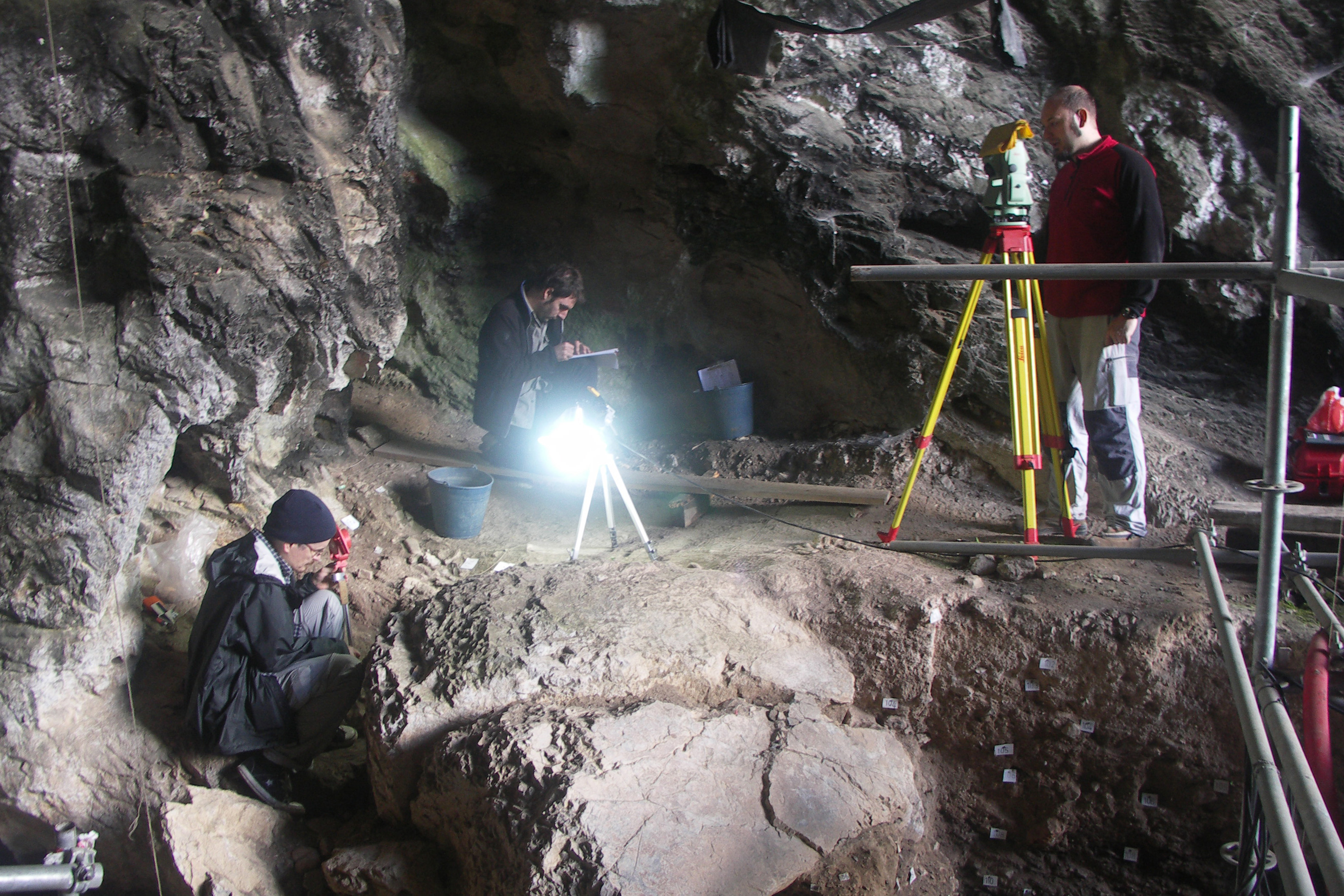Caves in Cantabria
From Underfoot
The Cantabrian caves' unique location make them an ideal place to observe the settlements of early humans thousands of years ago. The magnificent art in the caves includes figures of various animals of the time such as bison, horses, goats, deer, cattle, hands and other paintings. Archaeologists have found remains of animals such as bears, the remains of arrows and other material indicating a human presence; these artifacts are now found mostly in the Regional Museum of Prehistory and Archaeology of Cantabria.
| Type | Subtype | Date | Description | Notes | Source |
|---|---|---|---|---|---|
| commons | image | Pintures rupestre d'un bisó en una cova de Santander (AFCEC VIDAL B 10441) | Commons | ||
| commons | image | Pintures rupestre d'un bisó en una cova de Santander (Extracted - Restored) | Commons | ||
| commons | image | Hornucos | Commons | ||
| commons | image | Sopladoras - Cueva del Agua | Commons | ||
| commons | image | Salida de la cueva del agua | Commons | ||
| commons | image | Caos de bloques en la salida | Commons | ||
| commons | image | Cueva del miron | Commons | ||
| commons | image | Cueva de la Cucabrera, Galizano - panoramio | Commons | ||
| commons | image | The Lebaniego Way in the Nansa river valley between Muñorrodero and Cades | Commons | ||
| commons | image | The Lebaniego Way in the Nansa river valley between Muñorrodero and Cades | Commons | ||










